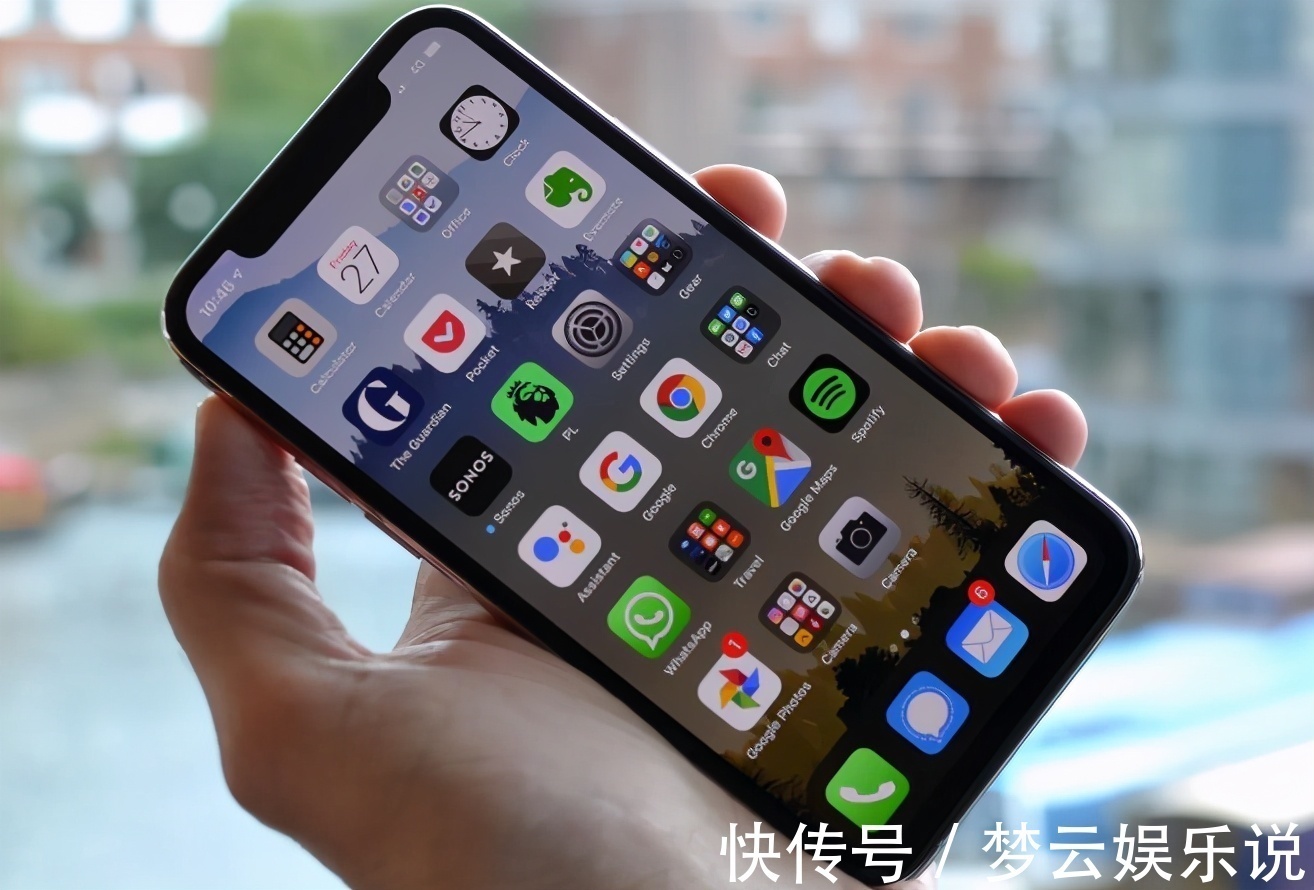Android|Android 的进程间通信 Binder——AIDL的入门使用(三)
进程间通信系列
AIDL的入门使用(一)
AIDL的入门使用(二)
AIDL的入门使用(三)
Messenger的入门使用
序言:
1、AIDL的大致使用流程:首先是创建一个AIDL接口文件声明需要在客户端调用的接口,再创建一个Service,接着创建一个类继承自AIDL接口中的Stub类并实现Stub中的抽象方法,在Service 的onBind方法中返回这个类的对象,然后在客户端就可以绑定服务端的Service,建立连接后就可以访问远程服务端的方法了;
2、思考:当有多个AIDL接口文件时怎么办呢?按照以前的思路,只有创建多个Service了,或者将多个AIDL接口的方法放在一个AIDL中了,这回造成代码耦合程度高,这篇我们主要就是解决这个问题的。解决思路:在服务端统一返回一个AIDL文件的binder,这个binder对象只有一个query方法,可以根据传入的值去创建其他对应的AIDL接口的Binder对象在进行返回,这样客户端就可以单独调用服务端的AIDL接口中的方法了,并且只需要一个Service。
多个AIDL接口通信服务端:
1、新建三个AIDL接口文件,分别为:IStringComputface、IIntComputInterface 和IBinderInterface ,前两个提供给客户端具体的调用方法,IBinderInterface 提供给客户端查询调用的Binder对象。然后Make Project。
// IStringComputface.aidl
package com.ljp.moreaidl_server;
//计算字符串的AIDL接口
interface IStringComputInterface {
String comput(String str);
}
// IBinderInterface.aidl
package com.ljp.moreaidl_server;
interface IBinderInterface {
IBinder quary(int binderCode);
//根据binder码查询Binder对象
}
// IBinderInterface.aidl
package com.ljp.moreaidl_server;
interface IBinderInterface {
IBinder quary(int binderCode);
//根据binder码查询Binder对象
}
2、创建3个类分别继承对应AIDL接口的Stub类并实现未实现的方法。
package com.ljp.moreaidl_server;
import android.os.RemoteException;
import android.text.TextUtils;
public class StringComputImp extends IStringComputInterface.Stub {
@Override
public String comput(String str) throws RemoteException {
if (TextUtils.isEmpty(str)) {
return null;
}
char[] charArray = str.toCharArray();
for (int i = 0;
i < charArray.length;
i++) {
charArray[i] += 1;
}
return new String(charArray);
}
}
package com.ljp.moreaidl_server;
import android.os.RemoteException;
public class IntComputImp extends IIntComputInterface.Stub {
@Override
public int addComput(int x, int y) throws RemoteException {
return x + y;
}
}
package com.ljp.moreaidl_server;
import android.os.IBinder;
import android.os.RemoteException;
public class BinderImp extends IBinderInterface.Stub {
public static final int ComputString = 0;
public static final int ComputInt = 1;
@Override
public IBinder quary(int binderCode) throws RemoteException {
IBinder binder = null;
switch (binderCode) {
case ComputString:
binder = new StringComputImp();
break;
case ComputInt:
binder = new IntComputImp();
break;
}
return binder;
}
}
3、创建一个Service,并在onBinder方法中返回IBinderInterface的实现类BinderImp的对象,并在注册Service。服务端的代码就完成了。
package com.ljp.moreaidl_server;
import android.app.Service;
import android.content.Intent;
import android.os.IBinder;
public class MyServerService extends Service {
BinderImp mBinderImp = new BinderImp();
@Override
public IBinder onBind(Intent intent) {
return mBinderImp;
}
}
在AndroidMainfest文件中注册Service。
多个AIDL接口通信客户端: 1、这里写一个Binder连接池类,采用单例模式,在创建对象时就去绑定服务端,绑定成功后会回调ServiceConnection对象的onServiceConnected方法,在onServiceConnected方法中给binder设置死亡代理,当服务端的binder对象死亡时系统回调mDeathRecipient.binderDied()方法从而进行重连。并暴露一个quaryBinder的方法,
package com.ljp.moreaidl_client;
import android.content.ComponentName;
import android.content.Context;
import android.content.Intent;
import android.content.ServiceConnection;
import android.os.IBinder;
import android.os.RemoteException;
import android.util.Log;
import com.ljp.moreaidl_server.IBinderInterface;
public class BinderPool {
private static final String TAG = "moreAidl";
public static final int ComputString = 0;
public static final int ComputInt = 1;
private static volatile BinderPool instance;
private Context mContext;
private BinderPool(Context context) {
mContext = context.getApplicationContext();
connectService();
}
public static BinderPool getInstance(Context context) {
if (instance == null) {
synchronized (BinderPool.class) {
if (instance == null) {
instance = new BinderPool(context);
}
}
}
return instance;
}
IBinder.DeathRecipient mDeathRecipient = new IBinder.DeathRecipient() {
@Override
public void binderDied() {
//当Binder死亡时,系统会回调该方法,在此移除之前绑定的Binder代理并重新绑定远程服务
Log.e(TAG, "binderDied: 与服务端连接的Binder对象死亡。请求重连!");
mIBinderInterface.asBinder().unlinkToDeath(mDeathRecipient, 0);
mIBinderInterface = null;
connectService();
}
};
IBinderInterface mIBinderInterface = null;
ServiceConnection mConnection = new ServiceConnection() {
@Override
public void onServiceConnected(ComponentName name, IBinder service) {
mIBinderInterface = IBinderInterface.Stub.asInterface(service);
//返回一个可以查询其他AIDL接口的Binder。
try {
//给binder设置死亡代理,当服务端的binder对象死亡时系统回调mDeathRecipient.binderDied()方法
mIBinderInterface.asBinder().linkToDeath(mDeathRecipient, 0);
} catch (RemoteException e) {
e.printStackTrace();
}
Log.e(TAG, "onServiceConnected: 与服务端连接成功");
}
@Override
public void onServiceDisconnected(ComponentName name) {
Log.e(TAG, "onServiceDisconnected: 与服务端断开连接");
mDeathRecipient.binderDied();
}
};
private synchronized void connectService() {
Intent intent = new Intent();
intent.setPackage("com.ljp.moreaidl_server");
intent.setAction("com.ljp.moreAidl.server.action");
boolean success = mContext.bindService(intent, mConnection, Context.BIND_AUTO_CREATE);
Log.e(TAG, "connectService: 绑定服务端=" + success);
}
public synchronized void unConnect() { //断开与服务端的连接
if (mIBinderInterface != null) {
mContext.unbindService(mConnection);
//不会回调onServiceDisconnected()
mIBinderInterface.asBinder().unlinkToDeath(mDeathRecipient, 0);
}
mIBinderInterface = null;
instance = null;
}
public IBinder quaryBinder( int binderCode) { //AIDL的调用都是耗时操作,建议放在子线程中
IBinder binder = null;
if (mIBinderInterface != null) {
try {
binder = mIBinderInterface.quary(binderCode);
//调用服务端的查询
} catch (RemoteException e) {
e.printStackTrace();
}
}
return binder;
}
}
2、在客户端中调用服务端的方法时,先调用BinderPool对象的quaryBinder( int ),然后在使用对应的AIDL接口.Stub.asInterface(binder)进行转换为相应的AIDL接口对象,这时就可以调用该AIDL接口服务端的方法了,由于AIDL的调用都是耗时操作,建议都放在子线程中处理。这里第一次绑定时并不会立即连接成功,需要等待一小段时间,因此建议在Application中获取一次BinderPool的对象进行绑定连接,后面就可以直接使用了。
public void StringComput(View view) {
IBinder binder = BinderPool.getInstance(this).quaryBinder(BinderPool.ComputString);
if (binder == null) {
return;
}
IStringComputInterface anInterface = IStringComputInterface.Stub.asInterface(binder);
try {
String comput = anInterface.comput("abcdefg");
//AIDL的调用都是耗时操作,建议放在子线程中
Log.e(TAG, "StringComput: comput=" + comput);
} catch (RemoteException e) {
e.printStackTrace();
}
}
public void IntComput(View view) {
IBinder binder = BinderPool.getInstance(this).quaryBinder(BinderPool.ComputInt);
if (binder == null) {
return;
}
IIntComputInterface anInterface = IIntComputInterface.Stub.asInterface(binder);
try {
int addComput = anInterface.addComput(10, 20);
//AIDL的调用都是耗时操作,建议放在子线程中
Log.e(TAG, "StringComput: addComput=" + addComput);
} catch (RemoteException e) {
e.printStackTrace();
}
}
@Override
protected void onDestroy() {
BinderPool.getInstance(this).unConnect();
super.onDestroy();
}
测试结果:
12-02 21:16:04.176 27386-27386/com.ljp.moreaidl_client E/moreAidl: connectService: 绑定服务端=true
12-02 21:16:04.186 27386-27386/com.ljp.moreaidl_client E/moreAidl: onServiceConnected: 与服务端连接成功
12-02 21:16:05.976 27386-27386/com.ljp.moreaidl_client E/moreAidl: StringComput: comput=bcdefgh
12-02 21:16:07.536 27386-27386/com.ljp.moreaidl_client E/moreAidl: StringComput: addComput=30
【Android|Android 的进程间通信 Binder——AIDL的入门使用(三)】更多参考:
- Android中的Service:默默的奉献者 (1)
- Android中的Service:Binder,Messenger,AIDL(2)
- Android:学习AIDL,这一篇文章就够了(上)
- Android:学习AIDL,这一篇文章就够了(下)
- 你真的理解AIDL中的in,out,inout么?
推荐阅读
- 我“曾经”想谈一场从初恋到结婚的恋爱
- 笔记四-空间、游戏、广告
- 职场小白生存记
- C4D-场景
- 别让这些事成为你生命中的“如果”…
- 网站手机版制作优化的5个注意事项
- 我杀死了那个从雪天走来的女孩
- 如何在|如何在 Android 手机上同时登陆两个微信号
- 【小y和小绿的业余写作】长篇连载小说——虞美人(14.4)
- Bauerfeind|Bauerfeind Genutrain给您最专业呵护 | 关于运动护具须知的那些事










